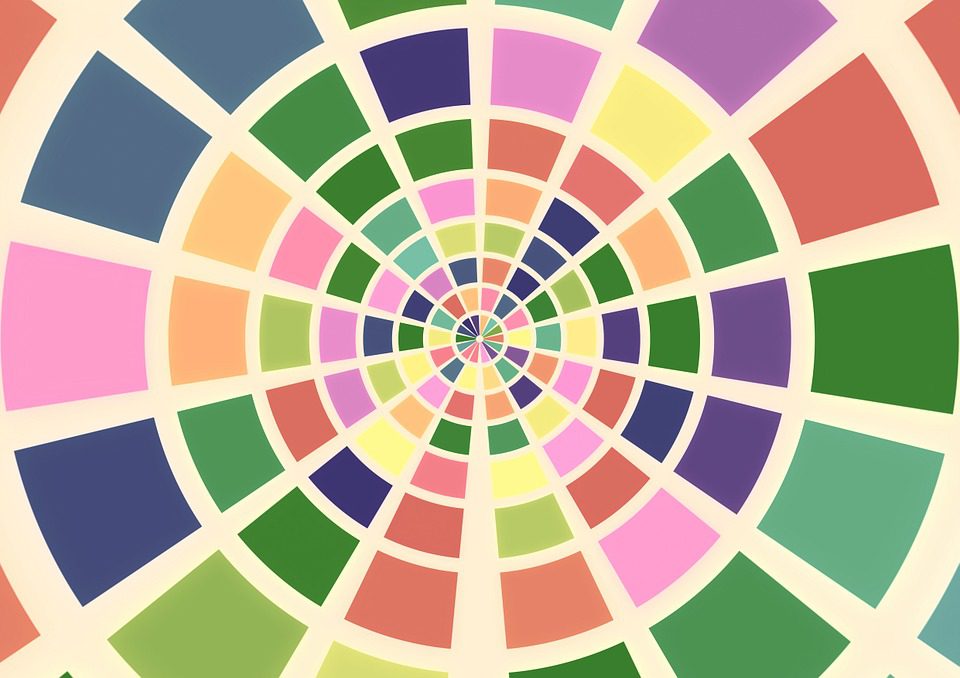The use of color palettes in creating infographics goes beyond basic preferences. Color can carry deep meaning and influence how your viewers perceive and understand the information that you’re presenting.

(Pixabay / geralt)
Color theorists have identified colors that convey meaning or trigger an emotional response or association. It is important that your infographic colors communicate the right message. The choice of color is more than personal; it is also cultural. Colors connote various meanings and implications in different cultures.
The following are some feelings or emotions associated with common colors in U.S. culture:
- Red — passion and decisiveness
- Brown — friendliness and confidence
- Yellow — positivity and clarity
- Green — progress and health
- Blue — dependability and serenity
- Purple — innovation and wisdom
- Black — strength and luxury
Color palettes and their effects
The use of color combinations for marketing campaigns combines brand association with color theory. You can employ colors in ways that compel your viewers to action. If you use off-putting colors, you could cause readers’ eyes to jump around without making meaningful connections.
Color is not just a random choice. It can play a significant role in the success of your infographics. The following tips will guide you in choosing colors for infographic:
- Use brand colors — If your brand is already associated with a color scheme, stay within that scheme to build brand consistency.
- Conform to your theme — If your message is exciting and full of passion, use colors such as red. If you are trying to convey peace and tranquility, use blue.
- Be bold — Bland colors such as plain old black and gray could drain all emotion from your infographic. Go for bold and energizing colors.
- Avoid distractions — Color should support your message, not confuse it. The purpose of infographics is to make a complex thing simple and understandable. If your use of color distracts from the data that you are conveying, you are not achieving the purpose of an infographic.
